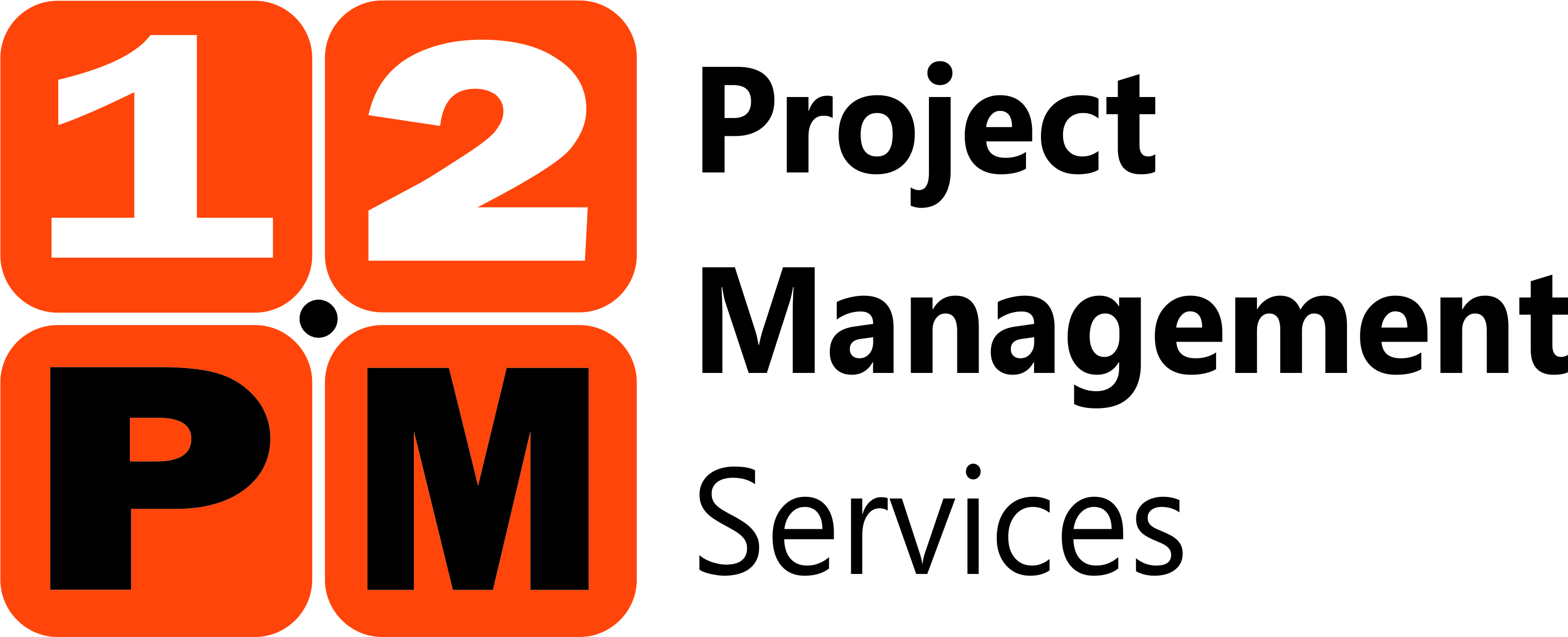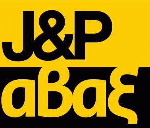A Summary of a White Paper by Simona Bonghez
Building Positive Project Culture for Navigating Complexity: A Case Study
Complexity – “a state difficult to understand or explain” (Hornby 2010).
Are there any aspects of life and especially of our contemporary way of living that do not face that state? Complexity emerges in very simple situations, like that of a family “crisis” where a parent seeks ways to explain to her/his child how children are born, and grows substantially in cases as those of the chaotic and composite environment of modern businesses. Projects, being part of the business locale, cannot be excluded from confronting complexity.
Navigating Complexity: A Practice Guide (Project Management Institute 2014), groups the causes of complexity into three broad categories: human behaviour, system behaviour, and ambiguity.
This White Paper (Bonghez 2015) describes a case of a mid-sized company that successfully completed a project aiming in the modernization of a production line and highlights the approach adopted by the organisation to deal with complexity deriving from causes associated with human behaviour and ambiguity. It comprises of two logical parts; the establishment of the underlying theoretical background, based on a vast range of references to other studies, and the examination of the project using PMI’s Navigating Complexity: A Practice Guide, as a mean for evaluation.

Human disposition refers to actions, emotions, culture and norms associated with each individual stakeholder as well as the team as a whole. Therefore, human behavioural complexity may originate, among others, from key stakeholders not understanding project objectives, key participants being removed at turning points of the project, lack of organisational support, insufficient organisational domain knowledge, overlooking of critical information in a timely manner. Majority of project managers are well prepared to bring forward an action plan and have the knowledge and experience to tailor processes, practices and methods to fit the needs of the initiatives they undertake. However, predicting behaviours is not that easy. Project managers and teams should be prepared to tackle with complexity coming from within. This preparation comes in three dimensions:
- Knowledge; understand the process to deal with complexity.
- Experience; have the ability to identify the signs of intricacy and also to apply situation specific solutions.
- Soft skills; employ leadership, conflict management and diplomacy to get the team on a path of convergence.
Ambiguity, described as “a state of being unclear and not knowing what to expect or how to comprehend a situation” (Project Management Institute 2014) stems from two main sources. First, emergence of not expected changes that leads to the team demonstrating new characteristics and attitude. Second, uncertainty as a lack of clear direction and decision on actions to take, issues to resolve and path to follow.
The author advocates that the development of a project culture, as a collection of shared norms, beliefs, values and rules can significantly impact complexity’s evolution. However, once the commonly accepted culture is created, it needs to be continuously enhanced to maintain the team’s adherence and commitment.
The case study part of the paper depicts the human complexity and ambiguity analysis of a project that the aluminum smelter company Vimetco Extrusion initiated back in 2012. In order to increase profitability and to expand the existing product range the project, co-funded by the EU, had to integrate a new system to the already existing auxiliary equipment. After facing an initial six month delay, the CEO, also project sponsor, identified several major components of intricacy:
- Key stakeholders did not share a common view on the goals, benefits and processes of the project.
- Key stakeholder representatives were regularly rotated.
- Conflicts between the Project and the Product manager did not promote collaboration.
- Project manager resigned.
- Company had limited experience with project management.
- Company was lacking on domain subject matter expertise.
- There was no sound agreement on the technical solution.
- Incoordination of the contractual and technical departments deteriorated communication with suppliers.
- Team members were lacking commitment due to increased workload.
- Fail to negotiate effectively with local bank to fund the project.
- Co-funding by EU imposed regulatory and compliance rules not known to the company.
The board of directors agreed to take immediate action and nominate the production manager as the project manager with full authority over the project, hire a project management consultant to support the project manager and hire an EU consultant to assist the company with EU specific compliance requirements. The action plan that was devised led to the successful completion of the initiative. Nonetheless, the absence of guidance on complexity issues caused a lot of frustration and did not allow the team to eliminate all the intricacy elements.
A project retrospective based on PMI’s Navigating Complexity – A Practice Guide, demonstrated that not all the complication elements were eliminated. The ones removed were due to the project manager’s and consultant’s analytical thinking. The actions that they followed were actually unintentionally aligned with those described by the PMI’s Practice Guide:
- The team was requested and developed the initiative’s values that after entered into word cloud software became the project’s logo that accompanied all communication and activities.
- The project manager collaborated with the team and established ground rules that became a working habit and were exhibited on posters in all meeting rooms.
- The team devised and endorsed habits like recognition and rewarding of exceptional achievements.
- They used project related artifacts (i.e. mugs, notebooks) to reinforce project culture.
- Project plans not only to drive execution but evolved on stakeholder needs with the notion of being also used as a tool for monitoring, controlling and communication.
- Project related events, like conflict resolution workshops entailed in an improved relationship building environment.
- They brought up, frequently discussed and agreed with consensus on a project control card where all topics were evaluated by the entire team and contributors, thus enhancing collaboration.
Bonghez concludes that achieving a project culture to deal with human complexity and ambiguity in not easy nor trouble free. It demands time and effort and ends only when the project is completed. She recommends that project managers and teams are proactive and they use a reliable guide as a tool that drives situational assessment and complements individuals’ intuition, knowledge and experience. Lastly she stresses that “establishing a project culture that supports and rewards the project team members is a journey that never ends; its sustainability requires a continuous organizational effort” (Bonghez 2015).
Bibliography
Bonghez, S 2015, ‘Building Positive Project Culture for Navigating Complexity: A Case Study ‘, Project Management Institute.
Hornby, A 2010, Oxford Advanced Learner’s Dictionary, 8th edn, Oxford University Press, Oxford.
Project Management Institute 2014, ‘Navigating complexity: A practice guide’, Project Management Institute.




